Project IV (Design Testing & Evaluation)
Project IV (Design Testing & Evaluation)
Card sorting, Tree Testing, Information Architecture, Competitor Analysis
Client
My Role
Platform
The Project
This project was centered on design testing for improving an e-commerce platform, with the outcome of these activities being the development of a significantly more intuitive and user-friendly website structure. The process began with thoroughly analyzing competitor websites to gather insights for the platform's redesign. Card sorting and tree testing were employed to optimize the site's information architecture.
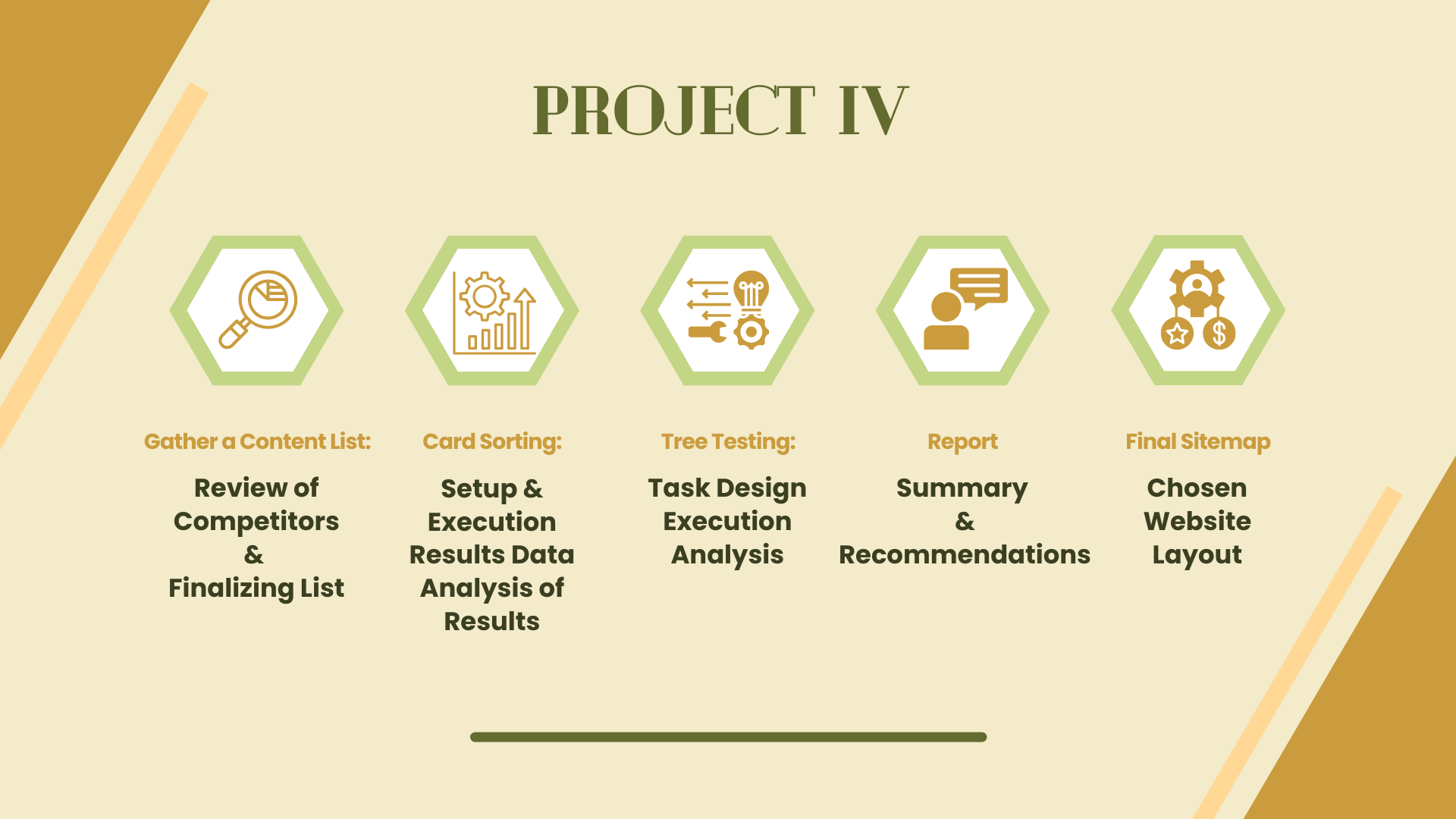
The Purpose
The primary purpose of this case study was to enhance the usability and navigability of an e-commerce platform by directly addressing its information architecture. By analyzing competitor strategies and engaging real users through card sorting and tree testing, the aim was to identify optimal content organization and labeling. This user-centered approach was critical to ensuring the redesigned website structure would be genuinely intuitive, thereby improving the overall user experience and facilitating easier product discovery and purchase.
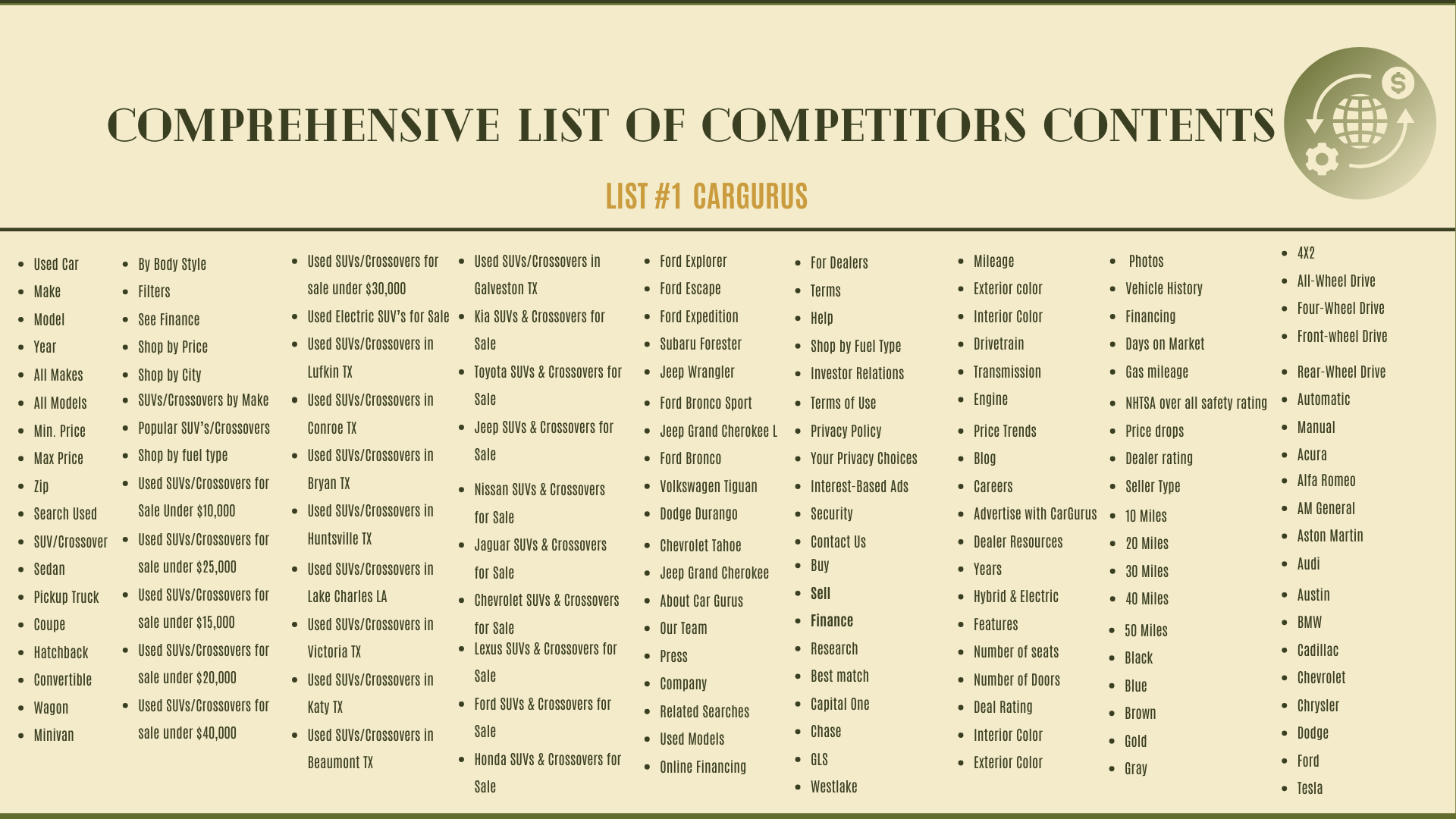
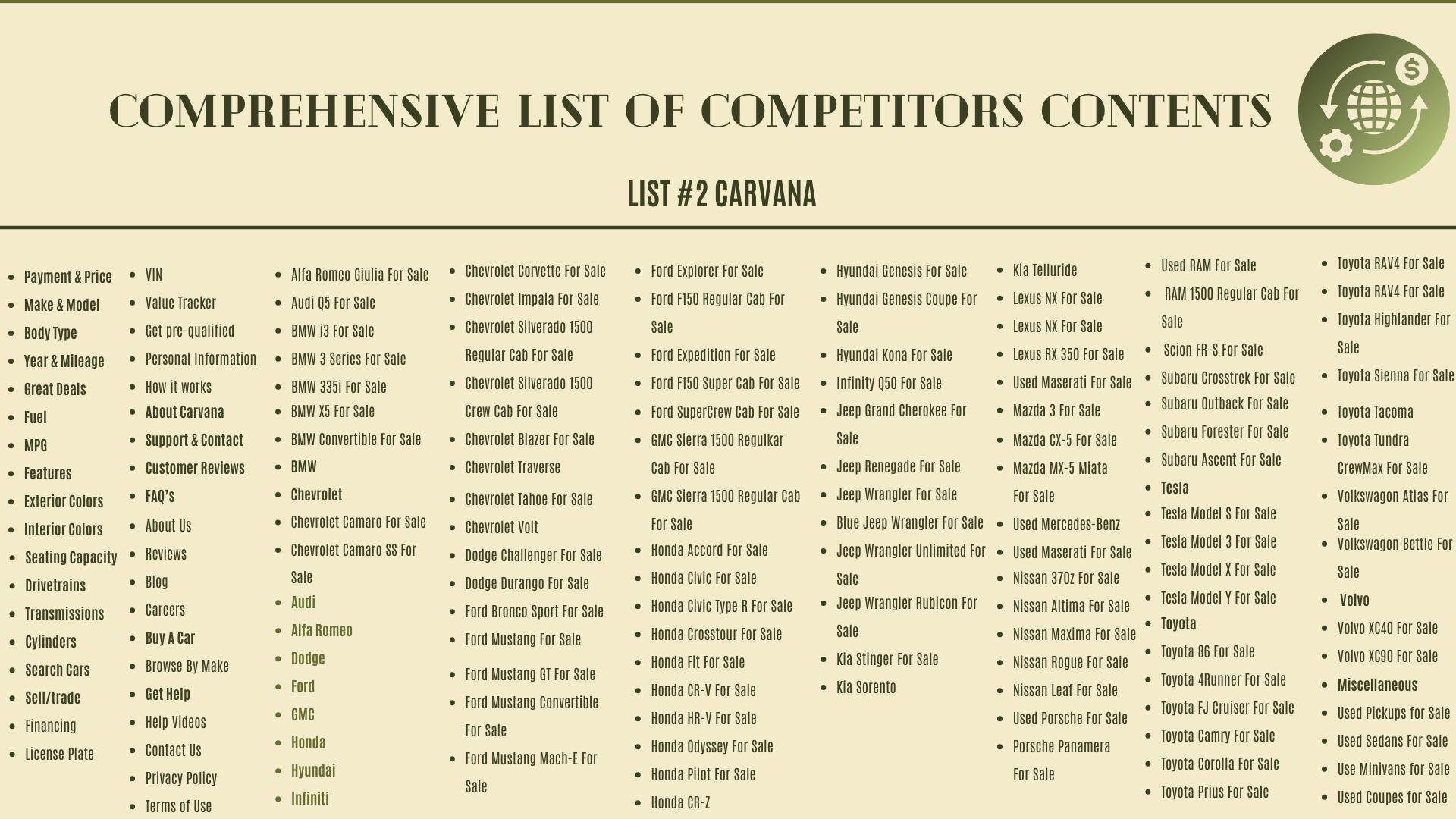
The Parameters
The parameters of this project were clearly defined, beginning with the mandatory analysis of competitor websites to gather contextual information for the e-commerce platform's redesign. Specific user research tasks included conducting both card sorting sessions with users, aimed at understanding their mental models for categorization, and tree testing, to evaluate the findability of content within proposed structures. The expectation was that the findings derived from these precise activities would directly inform and guide the subsequent development of a refined and optimized website structure or sitemap.
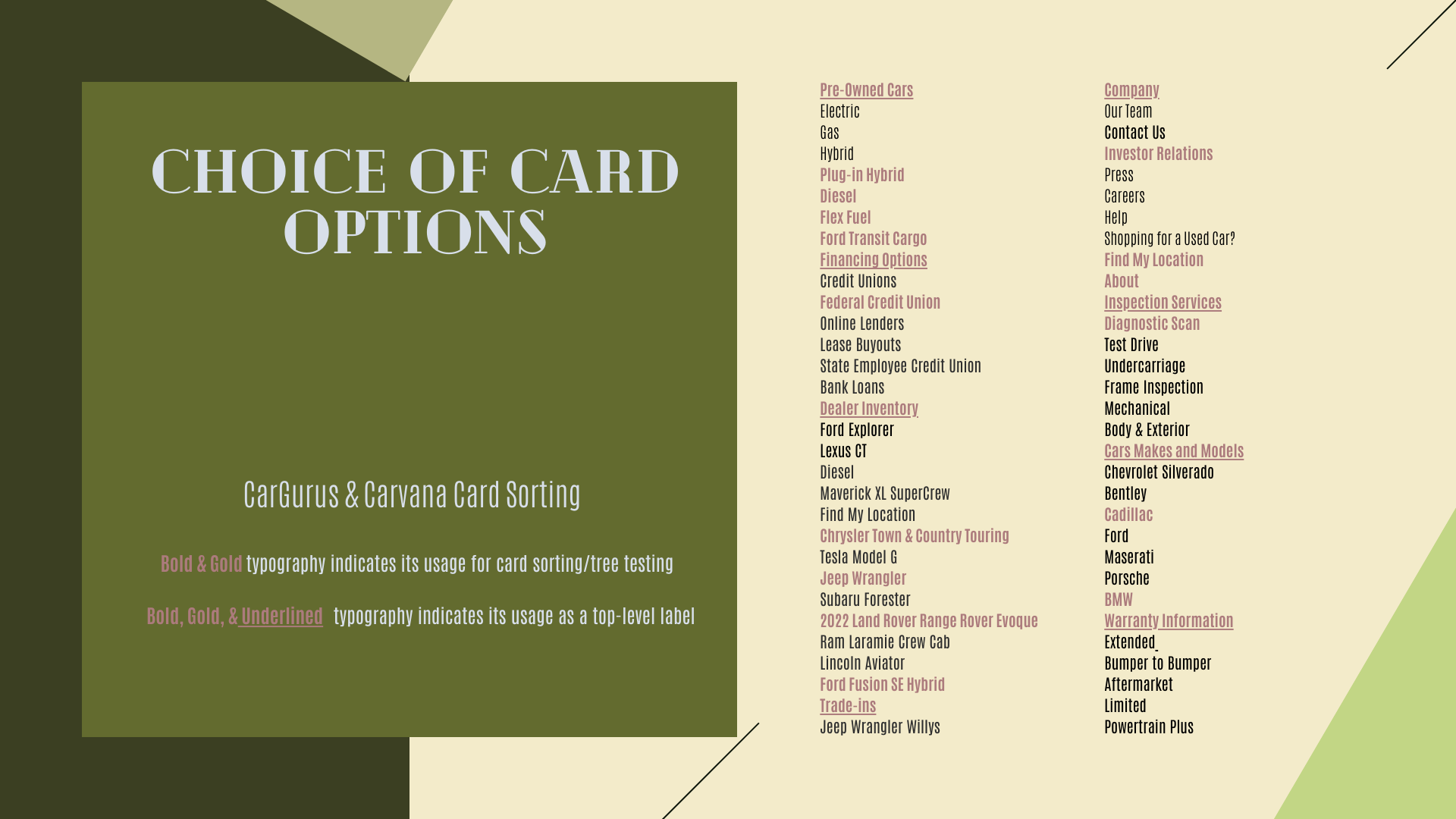
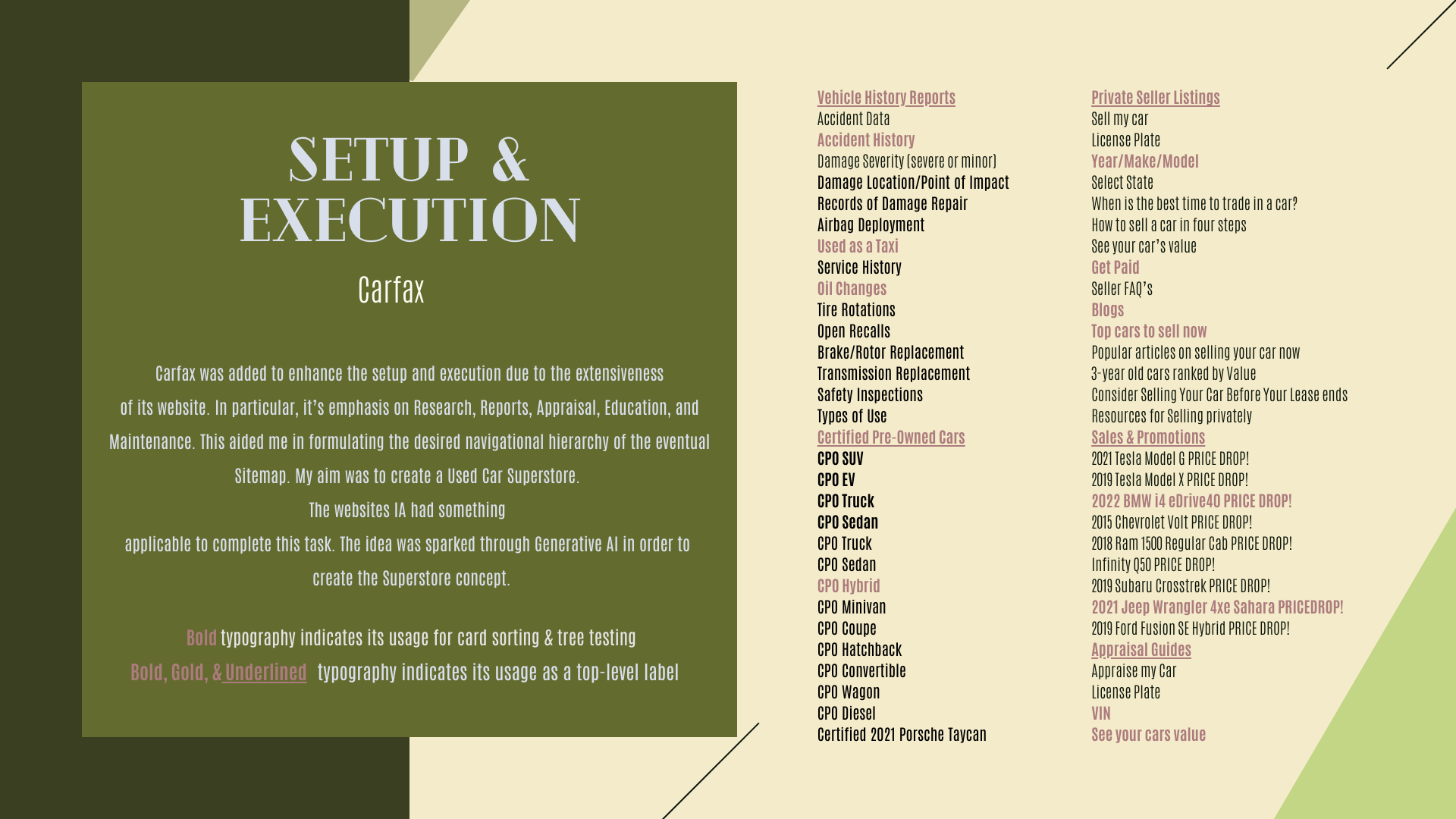
The Production
The production process for this design testing case study was systematic and data-driven. It commenced with the initial analysis of competitor websites, forming a foundational understanding of existing e-commerce structures and user expectations. This research directly fed into the execution of critical user testing activities: card sorting was used to define logical content groupings from the user's perspective, while tree testing validated the efficiency of proposed navigation paths. The insights gleaned from these rigorous user research methods were then directly applied to meticulously refine and produce a more intuitive and user-friendly information architecture for the e-commerce platform.

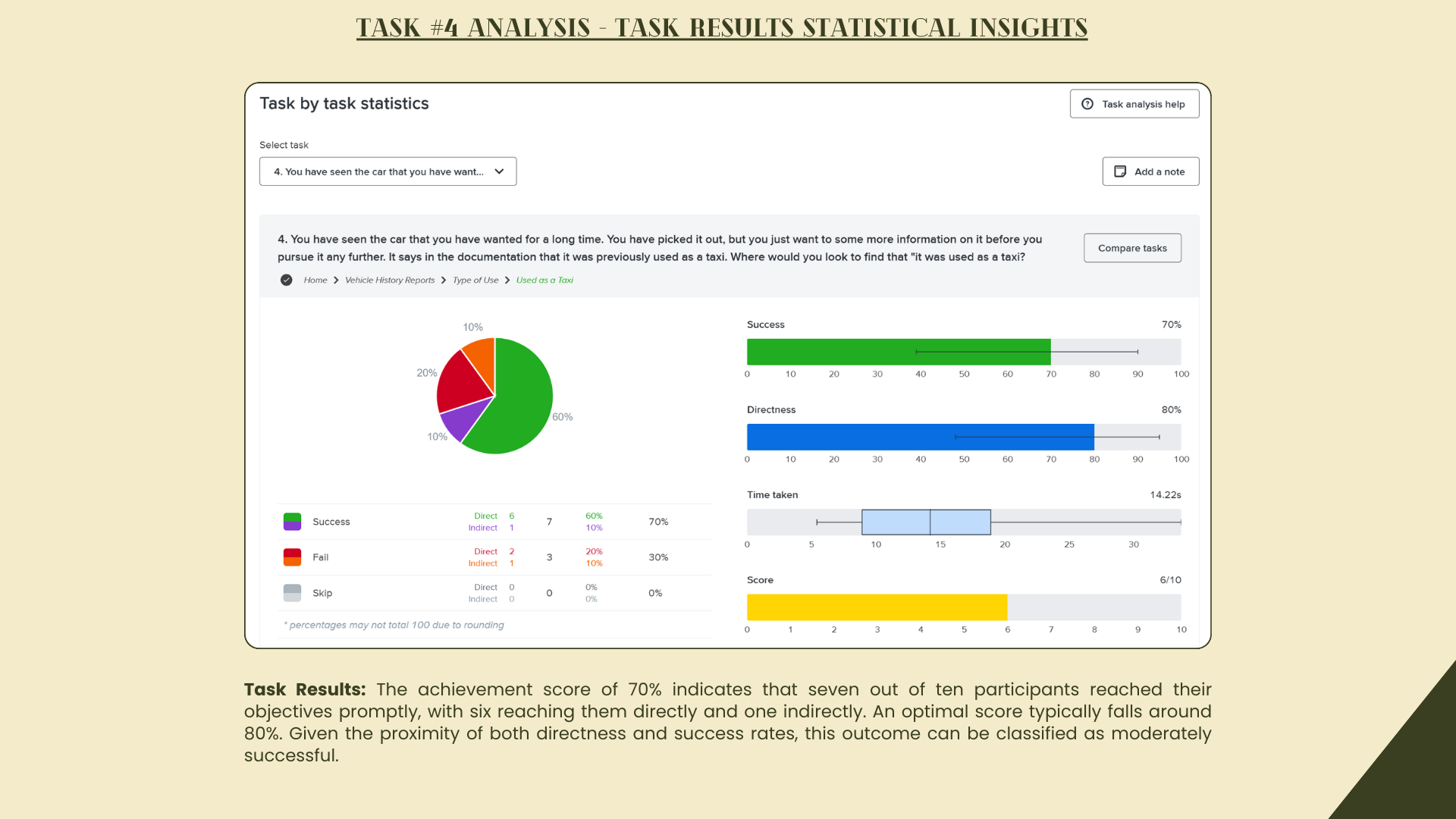
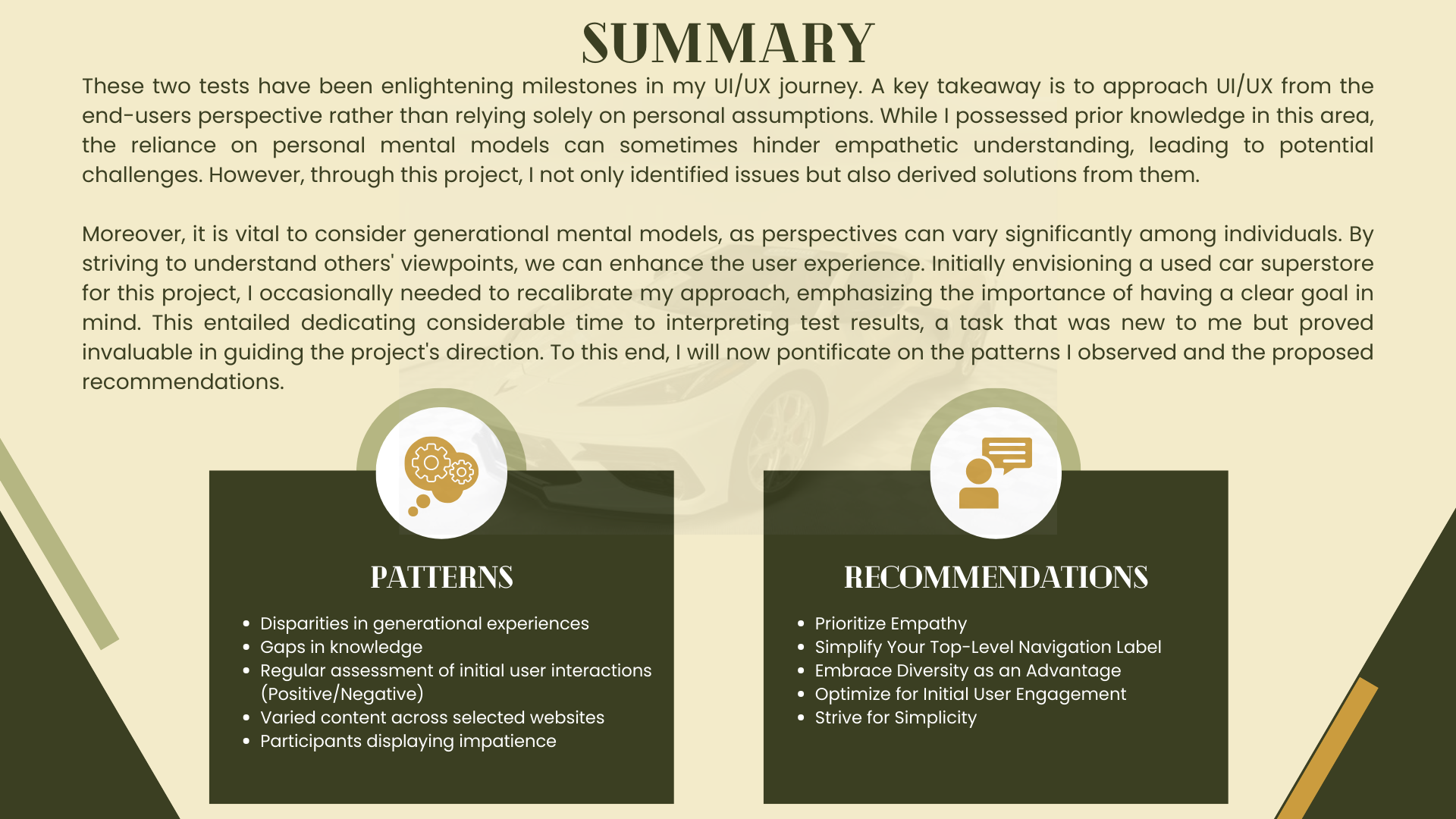
.svg)